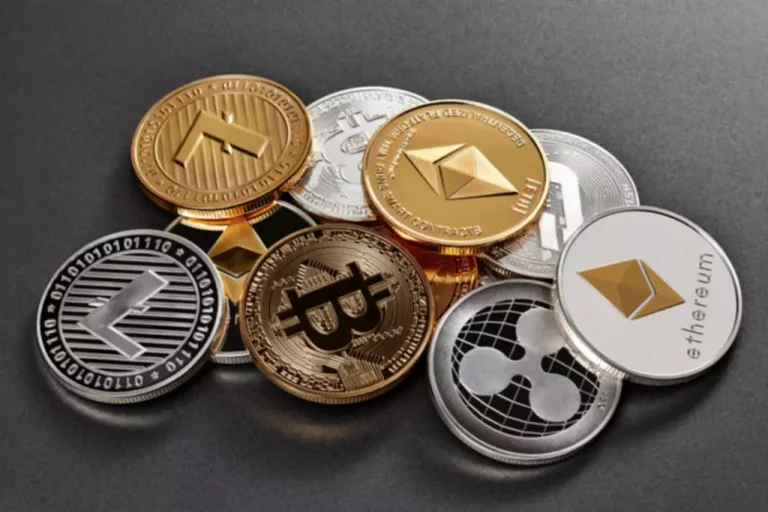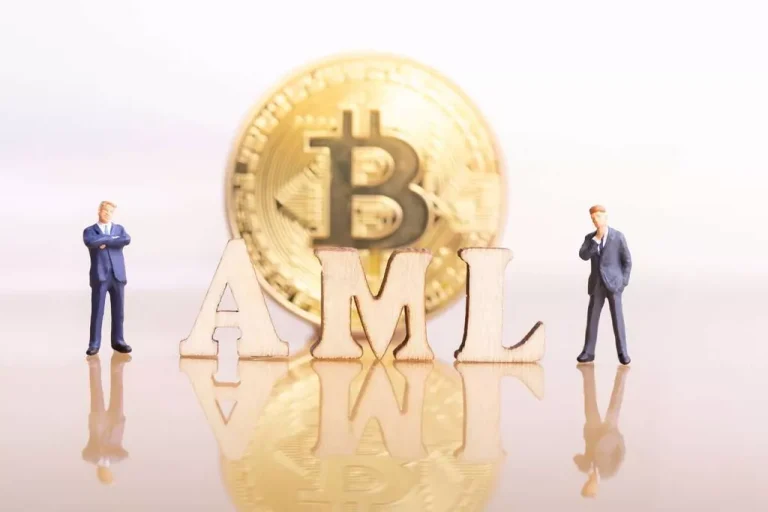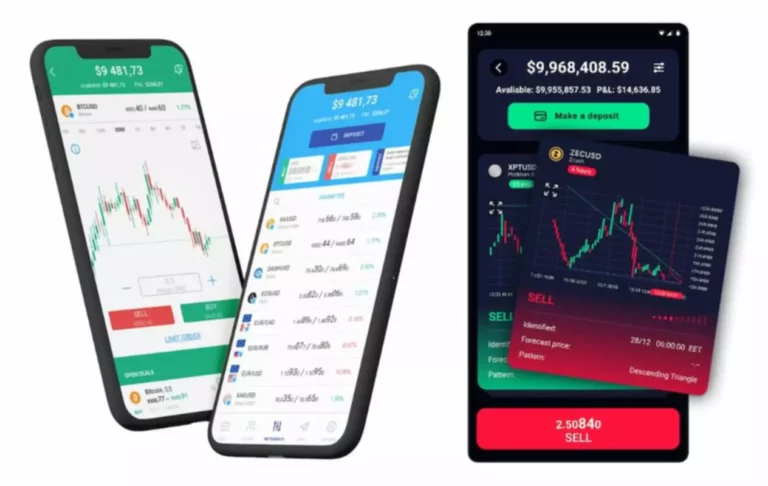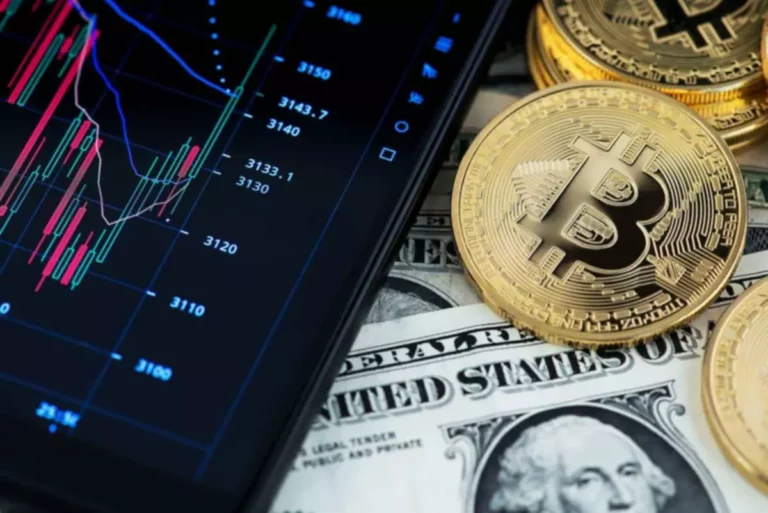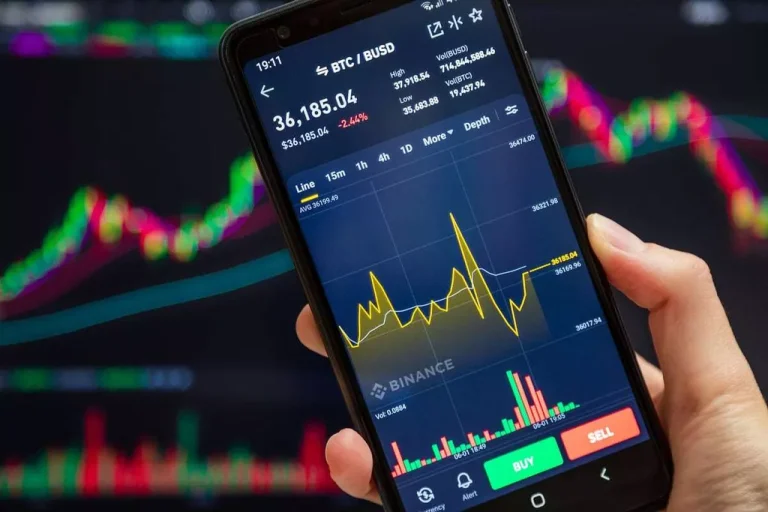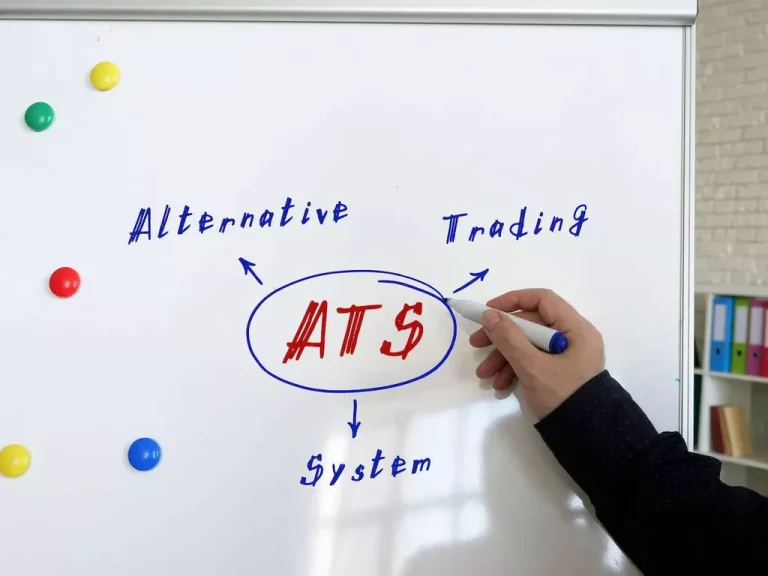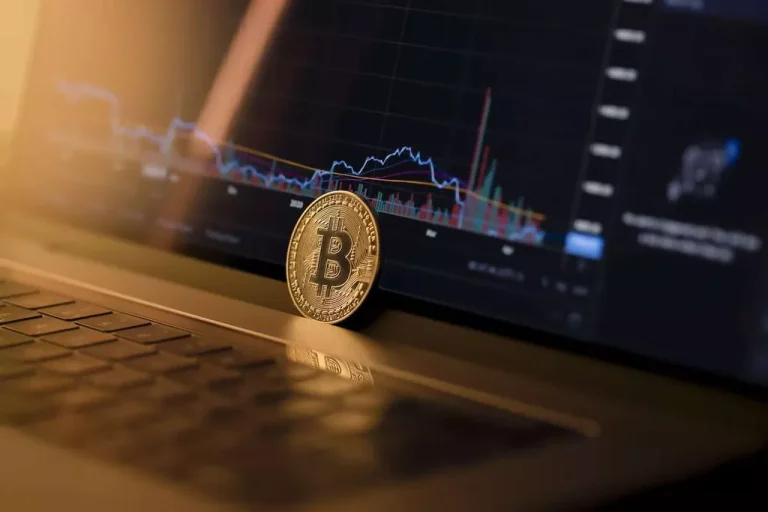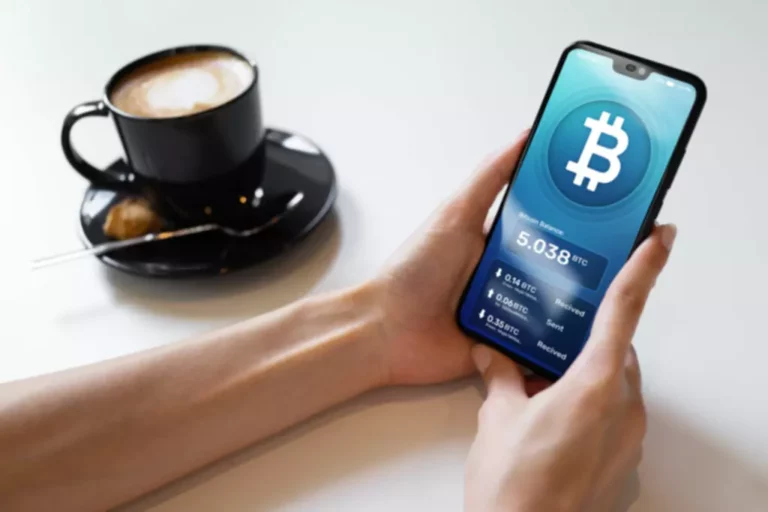What Are The Different Types of dApps?
Content
DeFi projects have already captured billions of U.S. dollars in value and look to continue this trend as more and more people become familiar with the unique value propositions of the sector. Users can participate in this new generation of financial services without the need for centralized custody or fees from intermediaries. DApps often have frontend code and user interfaces that aren’t drastically different to web2 apps, and these can be written in any language. These user interfaces allow users to perform actions and transactions on the blockchain, for example minting an NFT collection, without knowledge of blockchain engineering. Most apps today run on centralized networks, operated by a controlling authority. Learn what makes decentralized finance (DeFi) apps work and dapps examples how they compare to traditional financial products.
Step 4: Explore and Use the DApp
This allows for verifiable behavior and ensures that the application operates as intended. Additionally, this also allows for greater security, as users can verify the integrity of the application and ensure that it is operating as intended. This trustless environment also promotes greater transparency, since users can see the entire history of transactions and interactions on the https://www.xcritical.com/ decentralized network.
Step 1: Identify the Right Business Use Case
Type 3 dApps are built on top of existing Type 2 dApps, using their protocols and tokens as a foundation. This network allows for the creation of censorship-resistant websites and applications, and utilizes the Omni Protocol to issue its own tokens, called SafeCoins, for its functional aspects. Type 1 dApps, also known as “blockchain-native” DApps, are decentralized applications that have their own blockchain. These dApps are built on their own unique blockchain infrastructure, and are not dependent on any other blockchain or protocol.
decentralized application (DApp)
One notable example is the SAFE Network (Secure Access for Everyone), a decentralized data storage and communications network that utilizes the Omni Protocol. Bitcoin, the pioneering decentralized app, deserves applause for being the first of its kind. It is an autonomous public ledger, facilitating efficient transactions without intermediaries or central control. Perhaps one of the most promising real world smart contract use cases is their potential to function as legally binding contracts — the kind that inform most of today’s business engagements.
Cryptokitties have proven themselves to be an asset that people went crazy over in the last few years. The price of some have skyrocketed, and their dApp that allows you to buy and sell these NFT kitties is paving the ground for mass adoption. Every race is recorded on the blockchain, so you can see all the races, including what races your horses have won or lost.
Therefore, it’s essential to deploy a thoroughly tested and error-free application. Choosing the appropriate Distributed Ledger Technology (DLT) platform is crucial based on factors such as speed, scalability, consensus mechanism, and network functionality. The open-source nature of dApps allows anyone to access and contribute to the code. This decentralization ensures transparency, enabling anyone to refer to the distributed ledger’s trail of records. Additionally, the dApp code requires rigorous testing before deployment on the main net.
- Startups like Sia have developed secure blockchain-based cloud storage solutions.
- DApps rely on blockchain technology, which is a decentralized and distributed ledger that records transactions in a secure and transparent manner.
- These platforms allow users to play games and earn cryptocurrency rewards.
- Data integrity is also an important factor in expanding the possible answers for “What is dApp used for?
Ethereum, also known as ETH, is renowned for its emphasis on security and true decentralization. However, it may not be the ideal choice when scalability is a paramount requirement. Keep the POC concise, focusing on critical elements like intelligent contracts or user interfaces. Furthermore, new records can be added to the ledger by mining or pre-mining tokens using a specified protocol or algorithm. These dApps have their dedicated blockchain, such as Bitcoin and various alternative cryptocurrencies. This collaborative approach fosters innovation and ensures the continuous evolution of the application.
A DApp (decentralized application) is an application that runs on a distributed computing system, such as a blockchain like Algorand. At first glance, a DApp looks similar to the apps you use every day, but under the hood, things look a little different. Unlike traditional applications that run from a centralized server, a DApp runs on logic that resides on a blockchain. Its decentralized nature means that the app can run from anywhere in the world with a connection to the blockchain. A simple example of a DApp use case is a payment system where users can exchange assets directly without the need of an intermediary, such as a bank. In this case, the DApp uses its decentralized logic to verify the payment.
You can also discover the pros and cons of dApps alongside examples of popular decentralized apps in the following discussion. Decentralized applications don‘t necessarily need to run on top of a blockchain network. Tor, BitTorrent, Popcorn Time, and BitMessage, are examples of decentralized applications that run on a P2P network, but not on a blockchain. Decentralized applications can be difficult to scale, as they rely on a decentralized network of nodes to function. This means that as the number of users and transactions increases, the number of nodes required to support the network also increases.
Another noteworthy dApp is Uniswap, a decentralized exchange protocol built on Ethereum. Uniswap allows users to trade directly with each other without relying on an intermediary like a bank or broker. This dApp utilizes automated smart contracts to establish liquidity pools that facilitate trades. Again, the decentralized nature of the application makes Uniswap’s existence possible. BitTorrent, for example, is generally easy to use, while creating and deploying a smart contract on the Ethereum network is significantly more complex.
While blockchain technology in general is already being used to lend security and transparency to IoT devices, smart contract advantages may further this integration. In the crypto space, dApps refers to applications built on blockchain networks that use cryptocurrencies for transactions and smart contracts for automated, trustless operations. DApps, or decentralized applications, are software programs that run on a blockchain network instead of a centralized server, offering enhanced security and transparency. Malicious activities have been carried out through decentralized applications (dApps). Ponzi schemes, where early investors receive payments funded by investments from newer investors, creating an illusion of substantial profits, have been known to operate on dApps. Understanding what are decentralized apps and their functionalities can help users recognize and avoid such schemes.
Decentralized Applications Examples include Ethereum-based DeFi platforms like Uniswap, decentralized storage solutions like IPFS, and blockchain-based games like CryptoKitties. This may raise regulatory concerns because authorities are working to protect investors. DApps, on the other hand, run on a blockchain network in a public, open-source, and decentralized environment. This means that they are free from the control and interference of any single authority. Decentralized ticketing platforms intend to solve these problems with trustless smart contracts and NFT-based tickets. In the absence of a centralized company, web3 social media is immune to censorship and unilateral control of user content.
Smart contracts are one of the key components of many blockchain-based ecosystems, and an especially important element of many application-focused blockchains like Ethereum. These digital contracts are trustless, autonomous, decentralized, and transparent — and are usually irreversible and unmodifiable once deployed. Smart contract advantages include reducing — or even removing — the need for intermediaries and contract enforcement in an agreement or transaction. That’s because with a smart contract, the code defines the mechanisms of the transaction and is the final arbiter of the terms.
Uniswap enables users to trade directly with each other without needing an intermediary, like a bank or broker. This dApp uses automated smart contracts to create liquidity pools that facilitate trades. Users can trade their tokens directly from their wallets, providing a seamless and secure trading experience. Again, the existence of Uniswap is made possible by the decentralized nature of the application. A DApp, or decentralized application, is an application that runs on a blockchain network. The most dominant advantage of decentralized apps, which clearly strengthens an understanding of ‘what is dApp’, is anonymity.
Decentralized applications (dApps) are digital applications or programs that run on a decentralized network rather than a single computer or server. They are built on blockchain technology and use cryptocurrency as a means of exchange. In the rapidly evolving world of blockchain technology, decentralized applications, or dApps, have emerged as powerful tools that redefine how we interact with digital platforms. How is it possible to implement blockchain in so many different use cases?
Decentralised apps (dApps) are an excellent example of how the blockchain is much more than just cryptocurrencies. Because they are decentralized, dApps are not subject to the oversight and auditing most centralized applications are exposed to. If the application’s programming is rushed, unaudited, or sloppy, hackers will find it easy to break into it.
For example, NFT marketplaces enable artists and content creators to tokenize their content and sell them as NFTs. On the marketplace, sellers list NFTs for direct sale or auction, and buyers purchase or place their offers/bids. In short, it turns those long Ethereum addresses into any address you want. For example, we own whiteboardcrypto.eth so if you send any coins or tokens there, it will go to our wallet. Zedd is technically a gambling application, since you buy NFTs that represent horses and race them.

